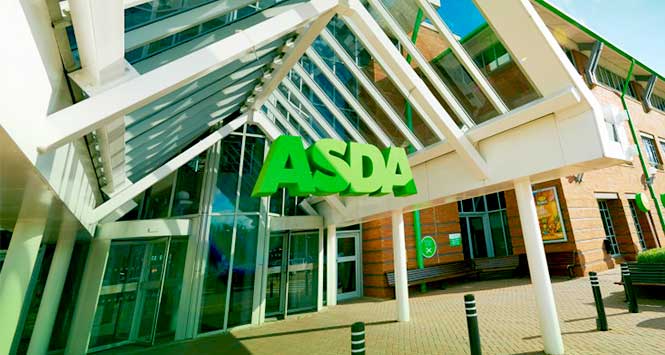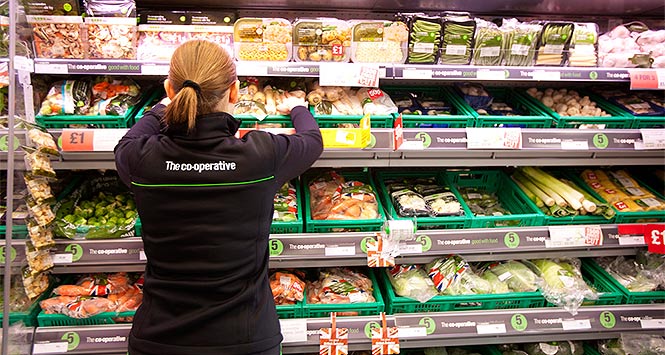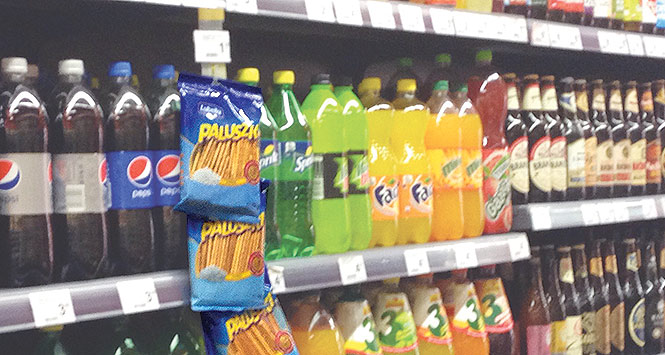Over the last year or so a new approach to convenience retailing has been rolled out across some stores. It’s backed by many major suppliers and the leading research firm in the industry, so SLR decided to find out more about Mission Management.
by Kevin Scott
Shopping is changing. The very way that consumers approach the task of picking up what they need in a convenience store has shifted over the last year. For retailers, keeping up with this trend is going to be crucial to growing sales. Consumers have less time, more on their minds; they want to gather everything they need as quickly as possible. That’s why him! – the leading research and consulting firm in the sector – recently stated that category management “is dead”. Its replacement is mission management. You’ll likely have read about the term before in SLR, as many of the manufacturers we work closely with agree with this way of thinking and have begun adopting mission management into their retail strategies.
But what does mission management even mean? Katie Littler, Insights Director, him! says: “Convenience stores need to ensure they focus specifically on providing increasingly convenient solutions to shoppers’ need. Essentially, convenience retail needs to become about making the shopping trip, and thus ultimately shoppers’ lives, easier and easier.”
So it’s about making life easier for your customers by grouping together commonly purchased products. This solutions based ranging and merchandising could see bread stocked next to milk for example, or for those especially sold on the idea, an entire store and its flow laid out according to different missions. The retailer then communicates the mission solution to customers, and interacts with customers based on their missions.
Littler explains: “For example, many stores have already started to ensure they have all the relevant products for making basic evening meals, grouped together in-store, with a suggestion for tonight’s dinner (whether or not they are discounted in a ‘dinner deal’). Being ‘solution driven’ isn’t necessarily about promoting these ‘solutions’, more that the ranging and merchandising considerations have been made with solving a specific shoppers’ ‘problem’ in mind. The convenience industry as a whole has been doing this to varying degrees. However, this will need to be embraced wholeheartedly in order to fend off the threat from the supermarkets, and this is where the shift to mission management compared with category management needs to come in.”
So, shifting to a mission-based model can help a store compete with the multiples. If you’re not yet sold on the notion, then consider that both Tesco and Sainsbury’s are adopting a mission-based layout in their small format stores. As we’ve said many times in SLR in the past, supermarkets don’t tend to invest in things that won’t make them money.
This isn’t a system that can be implemented overnight however, the way EPoS data is monitored would need to change and retailers would need to conduct range reviews focussed around shopper occasions and missions, rather than individual categories. “An allegedly fantastic confectionery offer doesn’t necessarily meet the needs of a lunchtime shopper if associated categories such as sandwiches and soft drinks aren’t also considered,” says Littler.
Mission Manager
Many stores have long had category champions responsible for a heavily-shopped fixture to ensure it is well merchandised at all times. Under the new system, a ‘mission manager’ would therefore be put in charge of ‘meal for tonight’ or ‘entertainment’. This person would be responsible for pulling cross category solutions and promotions together.
According to Littler, this means that there would need to be a considerable change in how suppliers and retailers are currently working, and also a change to key KPIs and targets or goals set. She says: “Both suppliers and retailers will need to better understand how different categories interact with each other and what different solutions are relevant for different shopping missions and occasions. We know that if something is not available, associated categories suffer. For example, the poor availability of sandwiches in many convenience stores will be a key barrier to crisps & snacks and soft drinks sales.”
This means that suppliers can work together to everyone’s mutual benefit. If your sandwich category is well-stocked, and next to it there’s an abundance of well-merchandised crisps and soft drinks along with point of sale highlighting your meal deal then the chances are everyone will be a winner: great deal for the customers, extra sales for the retailer, and additional sales for the suppliers. Littler says: “Currently not many impulse suppliers or buyers would claim to understand, or even consider, the sandwich category. Cross category ranging and solutions will inevitably mean greater multi-supplier collaboration. In order to really provide solutions to shoppers’ needs, retailers and suppliers will need to take a solution driven approach to ranging and promotions, which will mean a movement from individual category management to mission management. Again, him! can help with this,” she adds.
The truth is, many convenience stores have already started laying out their store by mission without realising it. Got a dedicated food-to-go section? That’s a mission. Got a Big Night In bay? That’s a mission. So it’s about adapting other areas of your store to fit the profile. Over the next few pages we’ve teamed up with some leading suppliers who have bought into mission management. Read what they’ve got to say and hopefully you’ll then have some informed decisions to make about the future of your shop.
The retailers’ view
Mission management is the future of retail if you listen to analysts, and if supermarkets are listening to them, there must be pretty good reasons to switch from category to mission management. We spoke to local retailers in Scotland to find out their thoughts on this revolutionary approach to convenience retailing.
Harpreet Rai, owner of Nisa Hurlford says: “I’ve never really thought of it as ‘mission management, but we do have sections of the store assigned to cross-category promotions, things like lunch products merchandised together in the chiller, and we’ve got a dedicated food-to-go section – and we’re also introducing an Indian night in section, so you could describe them as missions.”
Having recently returned from the Nisa Conference in Madrid, Harpreet reports that it was very much on the radar there, both from the conference speakers, and speaking to other retailers – though he adds that licensing laws in Scotland present Scottish retailers with more obstacles than their English counterparts. He adds: “You couldn’t rework your entire shop to fit with missions, but there are aspects of the merchandising that could change.”
This is something David Mitchell, manager of KeyStore Broadloan agrees with. He says: “I don’t know how far you could go with it. I’m not that familiar with the term ‘mission management’ but it seems we’re already doing it to a certain extent, with a lunchtime chiller and a Big Night In fixture, but how far can you go with it? Grocery for example, is grocery – tea bags are next to tins and so on.”
David admits however that there’s more of his shop that could be seen as merchandised based on missions. “The more I think about it, the more I can see where we’ve implemented ideas based on that principle – such as dedicated breakfast area with cereals and health bars, next to orange juice.”
So, it seems that while mission management is a relatively new concept, it’s one that many retailers are already flirting with. The question now, is where it goes from here and how much it changes convenience retailing.
79% of consumers say it would be useful to see commonly purchased products next to each other
72% say missions management would make shopping easier
35% say they would visit more
40% say they would buy more







